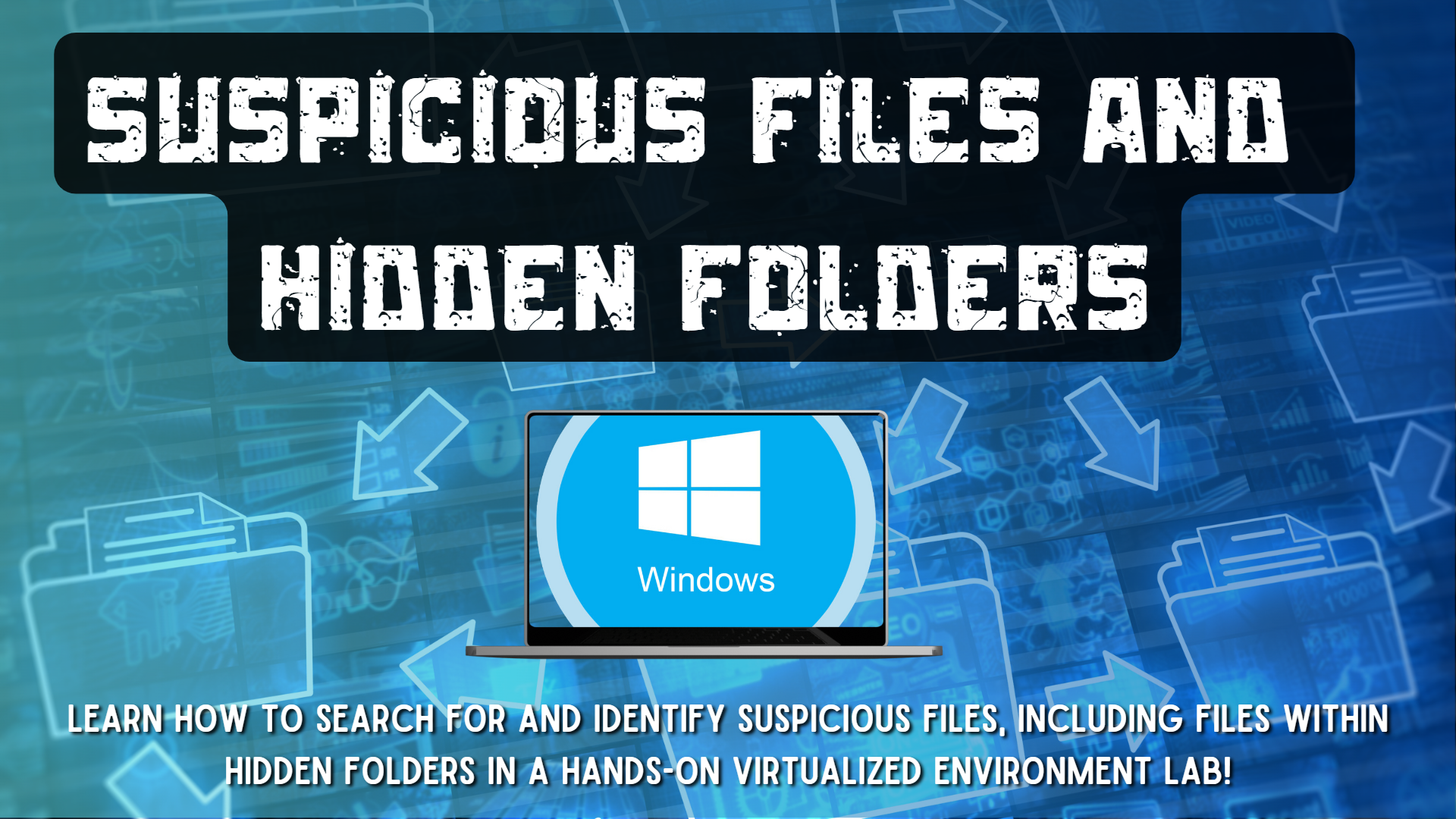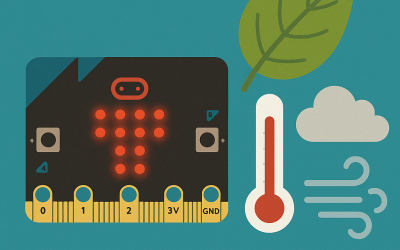Overview
In this self-paced online course, students will learn crucial skills to identify cyber threats by analyzing suspicious files and hidden folders within a virtual Windows 10 machine. Through an integrated hands-on lab environment, students will search for, evaluate, and understand the risks posed by concealed and obfuscated files often used in malware attacks.
Real-world practice through this virtual infection and investigation builds competencies applicable across IT security roles. Security analysts detect anomalies and traces of breaches within systems and networks. Forensics experts recover evidence and determine attack origins. Ethical hackers probe vulnerabilities using evasion techniques they also defend against. Understanding the perspective of malicious actors is vital knowledge across fields from intelligence to infrastructure protection.
NB Curricular Connections
Technology (6,7,8)
- Strand: Information Technology Skills, Big Idea: Digital Citizenship, Networking
Cybersecurity 120
- Strand: Digital Technologies, Big Idea: Operating Systems, Digital Communications
- Strand: Trends, Big Idea: Adoption Practices;
- Strand: Mindset, Big Idea: Computational Thinking, Ethics
What You’ll Need
To access the browser-based virtual lab, email coe@gnb.ca with your full name and request access to the Suspicious Files and Hidden Folders course. Once granted, you can launch a dedicated Windows 10 machine for the interactive curriculum. No specialized software is needed locally.
Instructions
- Search file locations with heightened risk like downloads, temporary folders, and drive root directories.
- Inspect file properties and signatures for irregularities in metadata like creators or recent activity.
- Scan output logs from anti-malware tools to pivot searches and reveal additional IOCs.
- Uncover concealed artifacts with steganography cracking tools to expose threats.
- Document suspicious findings thoroughly within an incident report to capture threat intelligence.
Reflection Activity
Please see the attached PDF for several choices on how you and your learners can reflect upon today’s activity.






